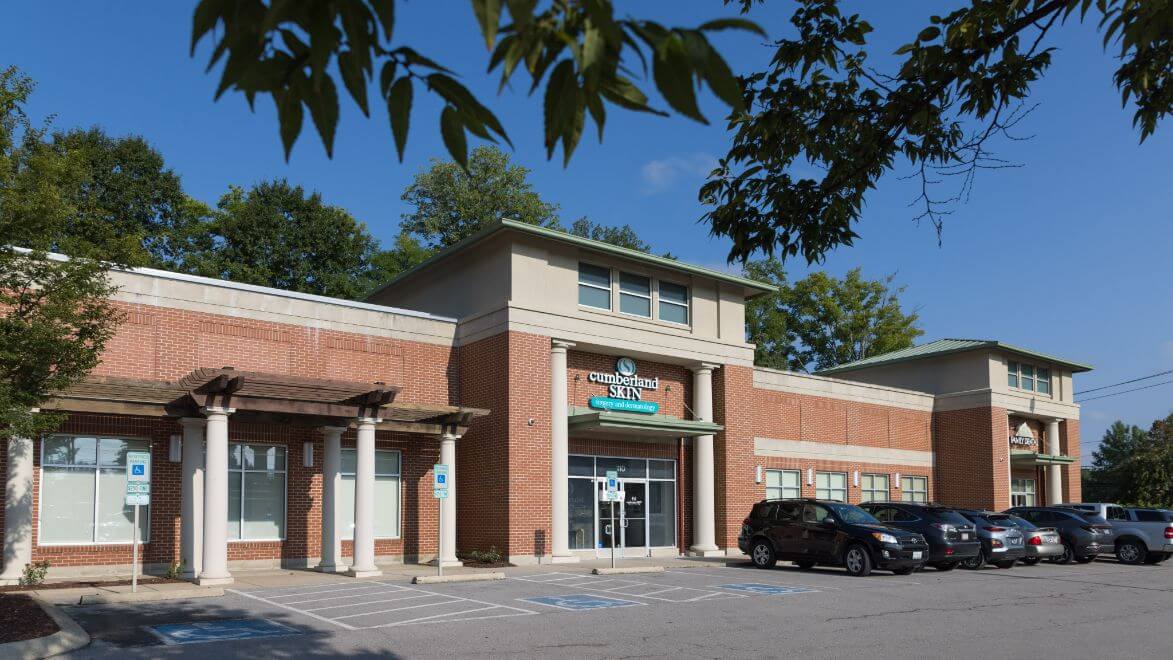Ingrown Toenails
Ingrown nails are distinguished by pain along the side or sides of the affected nail. This pain increases with the continued wearing of ill-fitting shoes. Often, the pain is so intense that even the slightest pressure can cause extreme discomfort.
When infections signs occur, it's time to consult one of our trusted dermatology providers.
Examples of Ingrown toenail
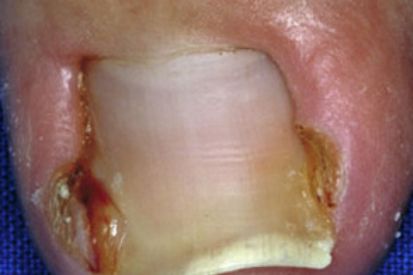
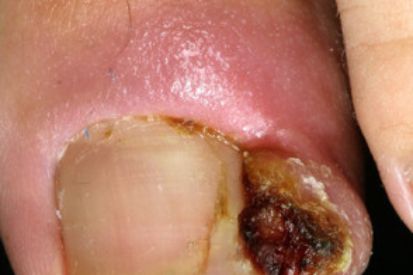
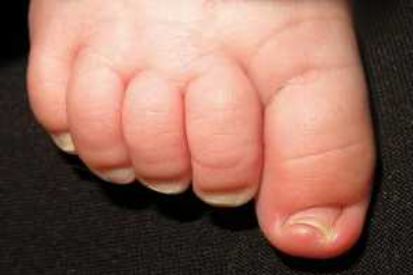
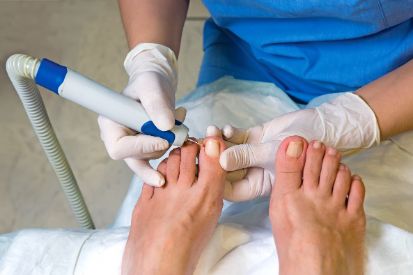
Symptoms of Ingrown Toenails?
- Infection signs such as redness, swelling, and the discharge of pus.
- Pain along the side or sides of the affected nail.
Causes of Ingrown Toenails
- Improper footwear, specifically, cramped shoes with insufficient room in the toes for proper nail growth.
- Poor nail cutting skills or trauma to the toe which injures the flesh and causes irregular nail growth.
How to Prevent Ingrown Toenails
- Proper Shoes: Wear well-fitting shoes with enough room for toes to prevent constriction.
- Nail Maintenance: Trim toenails straight across and avoid rounding the edges to discourage ingrowth. Be cautious while cutting nails, avoiding overly short trimming.
- Good Hygiene: Keep feet clean and dry, practicing good hygiene.
- Fabric Choice: Choose breathable socks and shoes to promote a healthy foot environment.
- Seek Professional Care: If an ingrown toenail is suspected, visit one of our providers promptly to prevent complications.
Ingrown Toenails FAQs
Common symptoms of an ingrown toenail include pain and tenderness along the edge of the nail, redness, swelling, and sometimes drainage of pus if the area becomes infected. You may also notice the skin around the nail becoming inflamed.
Mild cases of ingrown toenails can often be treated at home by soaking the foot in warm, soapy water several times a day, gently lifting the edge of the nail, and keeping the area clean and dry. However, if there are signs of infection or if the ingrown toenail persists, it's best to seek medical attention.
You should see a doctor if you experience severe pain, redness, or swelling, if the ingrown toenail is accompanied by signs of infection such as pus or drainage, or if home treatments are not providing relief. A doctor can provide proper treatment and may need to perform a minor procedure to remove the ingrown portion of the nail.
How to Treat Ingrown Toenails
It is always best to follow up with a visit to one of our trusted providers to assess the nail. If necessary, your dermatologist will perform a complete removal of the affected nail.
Related Blog Posts
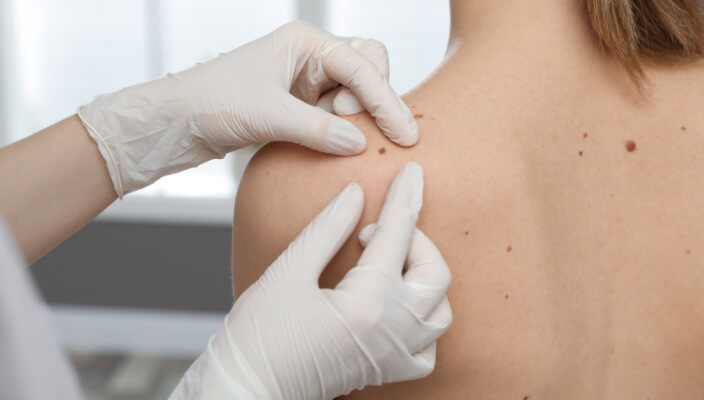
- General Dermatology
- Skin Exams
Preparing for your first dermatology appointment is important because it ensures everything goes as smoothly as possible and that your doctor is up-to-date on the status of your overall health and wellbeing. Here are our expert tips.
Read More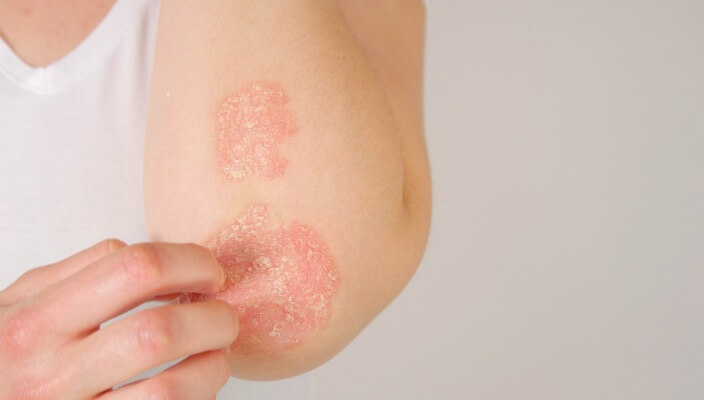
- General Dermatology
- Chronic Skin Conditions
Learn the differences between dry skin, eczema, and psoriasis, their distinct characteristics, and potential triggers. Gain valuable insights into identifying symptoms and seeking appropriate treatment to effectively managing these common skin conditions.
Read More
- Skin Care
- Cosmetic Treatments
Unlock the secrets to achieving radiant, glowing skin. Explore expert tips and skincare routines tailored to nourish and revitalize your complexion, empowering you to embrace a luminous and youthful appearance.
Read MoreFeatured Products
Check your local office for current stock!
Check your local office for current stock!


